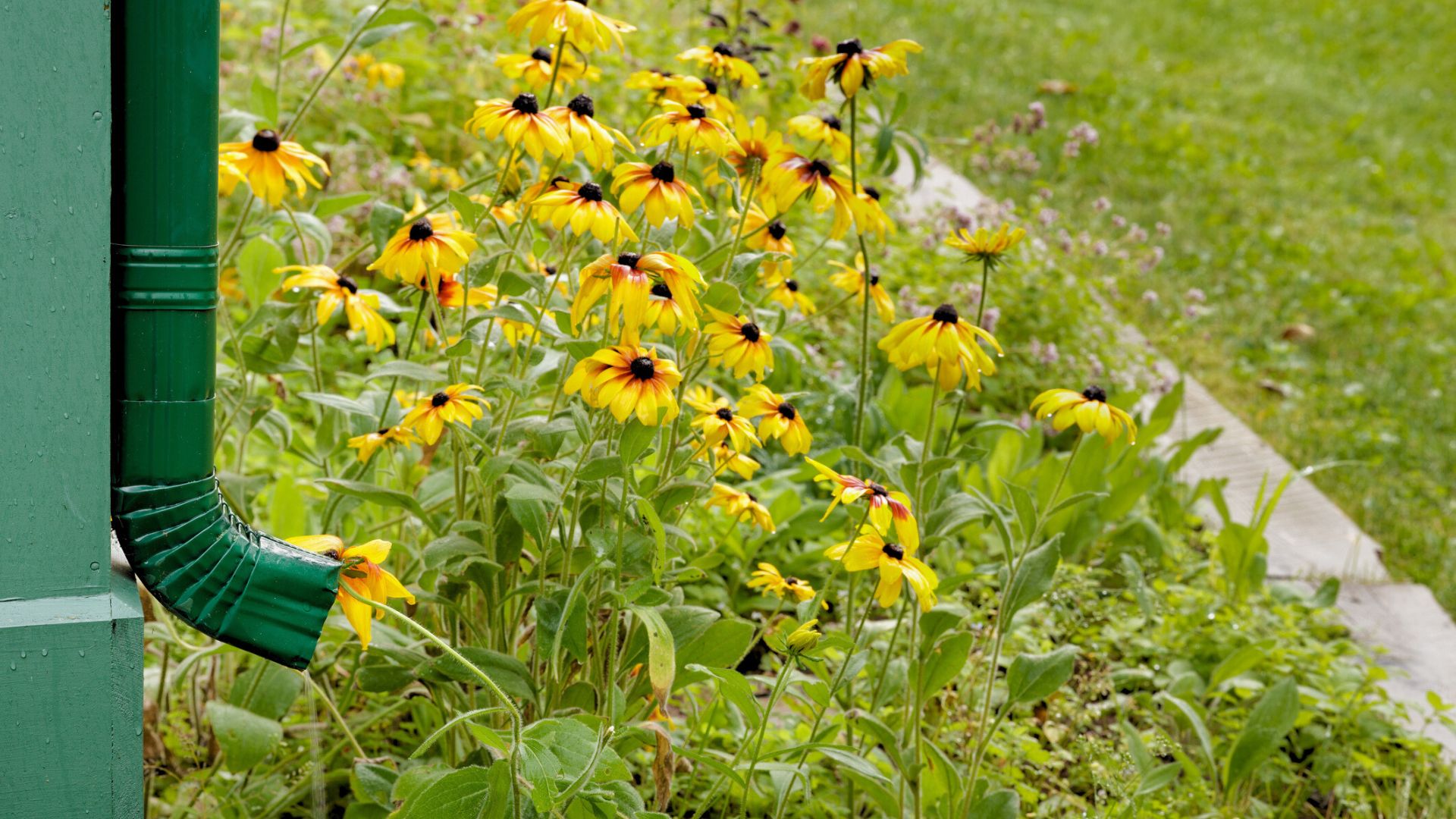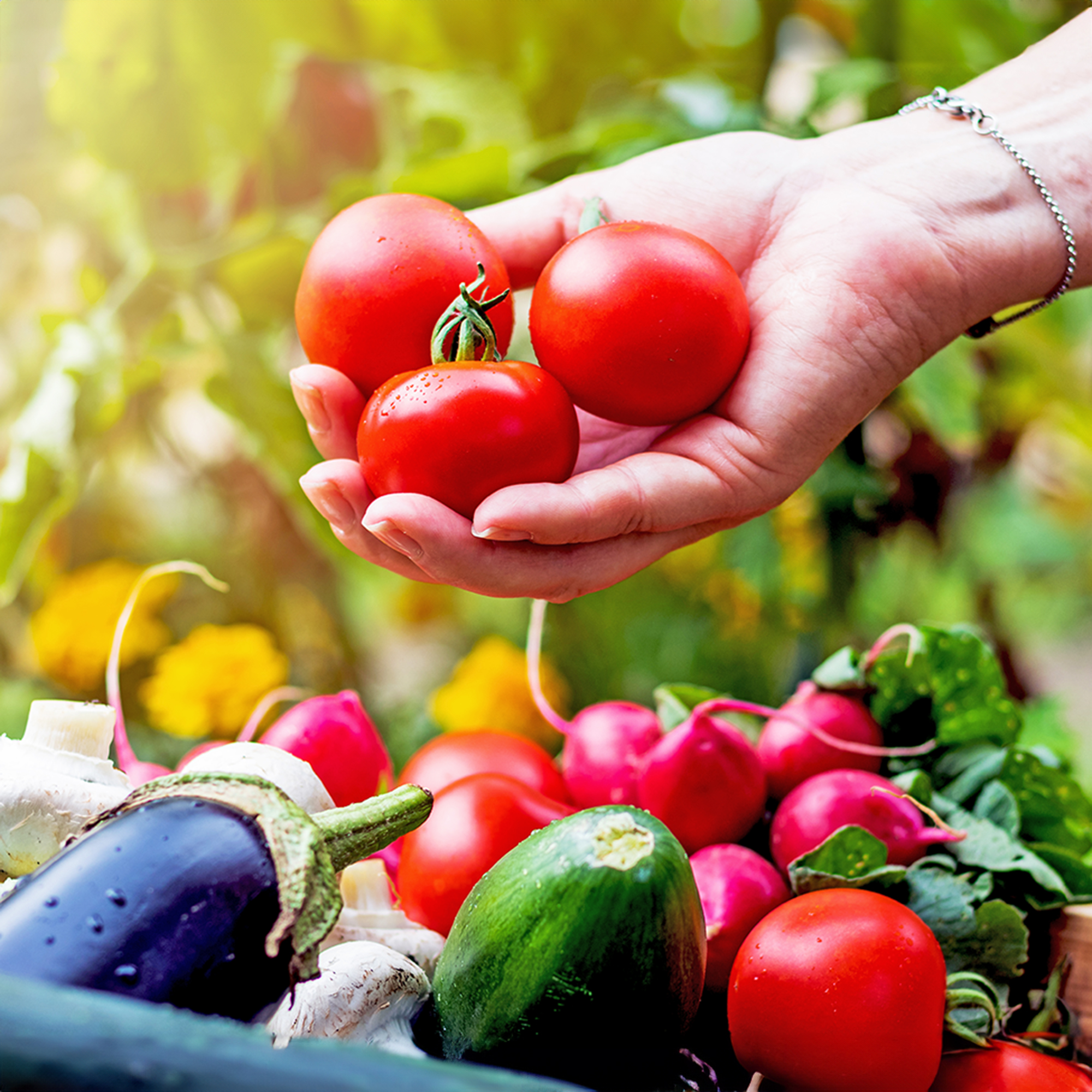Rain Garden Instructions: What Is A Rain Garden And Rain Garden Plants


Rain gardens are quickly becoming popular in the home garden. A pretty alternative to more conventional methods of improving yard drainage, a rain garden in your yard not only provides a unique and lovely feature, but can also help the environment.
Making a rain garden design for your yard is not hard. Once you know how to build a rain garden and how to choose rain garden plants, you can be well on your way to having one of these unique features in your yard.
Basics of Rain Garden Design
Before you build a rain garden, you need to decide where you will be placing your rain garden. Where to place your rain garden is as important as how to build a rain garden. There are a few things to keep in mind when deciding where your rain garden will go.
- Away from the house- While rain gardens are lovely, the point of them is to help draw away water runoff. You do not want to draw water to your foundation. It is best to place rain gardens at least 15 feet (4.5 m.) away from your home.
- Away from your septic system- A rain garden can interfere with how your septic system operates so it is best to locate it at least 10 feet (3 m.) from a septic system.
- In full or part sun- Put your rain garden in full or part sun. Many rain garden plants work best in these conditions and full sun will also help water move on from the garden.
- Access to a downspout- While you should not place your rain garden near the foundation, it is helpful for water collection if you place it where you can extend a downspout out to it. This is not required, but is helpful.
How to Build a Rain Garden
Once you have decided on a location for your rain garden, you are ready to build it. Your first step after deciding where to build is how big to build. The size of your rain garden is entirely up to you, but the larger a rain garden is, the more runoff water it can hold and the more space for different rain garden plants you will have.
The next step in rain garden design is to dig out your rain garden. Rain garden instructions normally suggest making it between 4 and 10 inches (10-25 cm.) deep. How deep you make yours depends on the following:
- what kind of holding capacity you need your rain garden to have
- how wide your rain garden will be
- the type of soil you have
Rain gardens that are not wide but need to have a larger holding capacity, particularly in clay soil, will need to be deeper. Rain gardens that are wider, with smaller needed holding capacity in sandy soil, can be more shallow. Keep in mind when determining the depth of your rain garden that the depth starts at the lowest edge of the garden.
If you are building on a slope, the lower end of the slope is the starting point for measuring the depth. The rain garden should be level across the bottom of the bed. Once width and depth are determined, you can dig. Depending on the size of the rain garden, you can hand dig or rent a back hoe. Soil removed from the rain garden can be mounded up around 3/4 of the bed.
Gardening tips, videos, info and more delivered right to your inbox!
Sign up for the Gardening Know How newsletter today and receive a free copy of our e-book "How to Grow Delicious Tomatoes".
If on a slope, this berm goes on the lower end of the slope. After the rain garden is dug, if possible, connect a downspout to the rain garden. This can be done with a swale, an extension on the spout, or through an underground pipe.
Rain Garden Plantings
There are many plants you can use for rain garden plantings. The list below of rain garden plants is just a sample.
Rain Garden Plants
- Blue flag iris
- Bushy aster
- Cardinal flower
- Cinnamon fern
- Sedge
- Dwarf cornel
- False aster
- Fox sedge
- Glade-fern
- Grass-leaved goldenrod
- Heath aster
- Interrupted fern
- Ironweed
- Jack-in-the-pulpit
- Lady fern
- New England aster
- New York fern
- Nodding pink onion
- Maidenhair Fern
- Ohio goldenrod
- Prairie blazingstar (Liatris)
- Milkweed
- Rough goldenrod
- Royal fern
- Smooth penstemon
- Stiff goldenrod
- Black-eyed susan
- Joe-pye weed
- Switchgrass
- Tufted hairgrass
- Virginia mountain mint
- White false indigo
- White turtlehead
- Wild columbine
- Wild quinine
- Wintergreen
- Yellow coneflower

Heather Rhoades founded Gardening Know How in 2007. She holds degrees from Cleveland State University and Northern Kentucky University. She is an avid gardener with a passion for community, and is a recipient of the Master Gardeners of Ohio Lifetime Achievement Award.
-
 Which Invasive Shrubs Should You Avoid Growing? Plus, Best Natives To Plant Instead
Which Invasive Shrubs Should You Avoid Growing? Plus, Best Natives To Plant InsteadCertain plants may look lovely but they can wreak havoc to local areas and native wildlife. Here are the key invasive shrubs to avoid – with recommendations on gorgeous native alternatives to try
-
 What Not To Plant With Tomatoes: 8 Bad Neighbors That Could Ruin Your Harvest
What Not To Plant With Tomatoes: 8 Bad Neighbors That Could Ruin Your HarvestNot all companion plants are beneficial – some can sabotage your tomatoes. Find out which ones to keep at a safe distance in the garden.